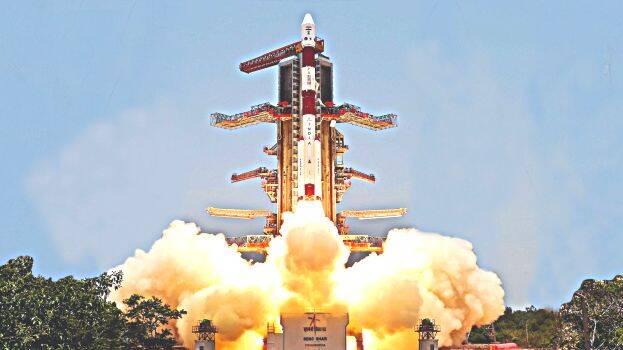

THIRUVANANTHAPURAM: India's triumphal leap towards the sun, the centre of the solar system, after Chandrayaan-3, its successful mission to the moon. Aditya L-1, India's first solar probe, has been launched successfully. India has the honour of being the fourth country in the world to have successfully started solar research. America, Japan and China are the predecessors.
The PSLV-XLC57 rocket lifted off from the second launch pad at the Satish Dhawan Rocket Station in Sriharikota and launched the probe into its orbit. The probe will reach its target after travelling 15 lakh kilometres in 125 days and reaching Lagrange Point. Once the probe is in a fixed orbit there, research observations will begin. This is the first time that an Indian spacecraft is making such a long space journey.
A new version of the PSLV rocket that successfully launched the first Chandrayaan and Mangalyaan was used for the launch. At 11:50 am, the rocket lifted off within three seconds of the countdown. The first part of the four-part rocket separated in 109.60 seconds. In 262.38 seconds, the second part came off. The third part also left contact at 581.42 seconds.
Then the journey carrying the probe was powered by a cryogenic engine. It was ignited at 1493.52 seconds. The ignition was extinguished at 1523.38 seconds to maintain the specified speed and was rekindled at 3127.52. It was extinguished again at 3599.52 seconds. At 3799.52 seconds, the spacecraft reached a specific elliptical orbit that is 19,500 km away and 235 km closest to Earth.
Union Science and Technology Minister Jitendra Singh was also present to witness the launch. A massive crowd at the rocket station also witnessed the launch.
Monitoring equipments
Travel path
Challenge
India has never done such a space flight. The probe has to keep travelling without losing control in space where there is no attraction of anything. The mission starting from leaving Earth's gravity to reaching the orbiting Lagrange Point is a big challenge. For Chandrayaan, it was enough to change from the Earth's gravity to the Moon's.
Aditya L-1
Cost: 378 crores
Travel time: 125 days
Age: 5 years and 2 months
Weight: 1480 kg
Manufactured by: UR Rao Satellite Centre
"Our tireless scientific efforts will continue in order to develop a better understanding of the Universe for the welfare of entire humanity"
-Narendra Modi, Prime Minister
"Congratulations to the PSLV team for achieving success in the mission. The satellite was successfully placed in the specified orbit. Now it is heading towards the Lagrange point."
-S. Somnath, ISRO Chairman.